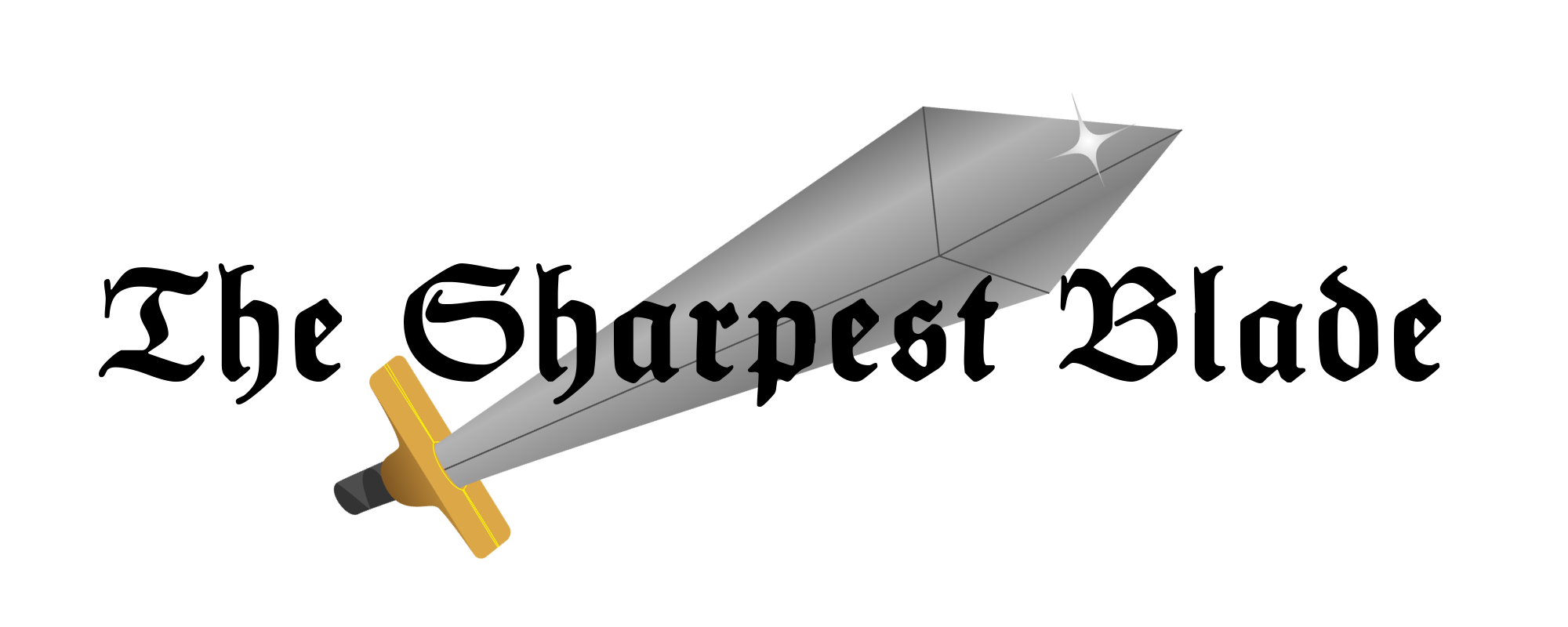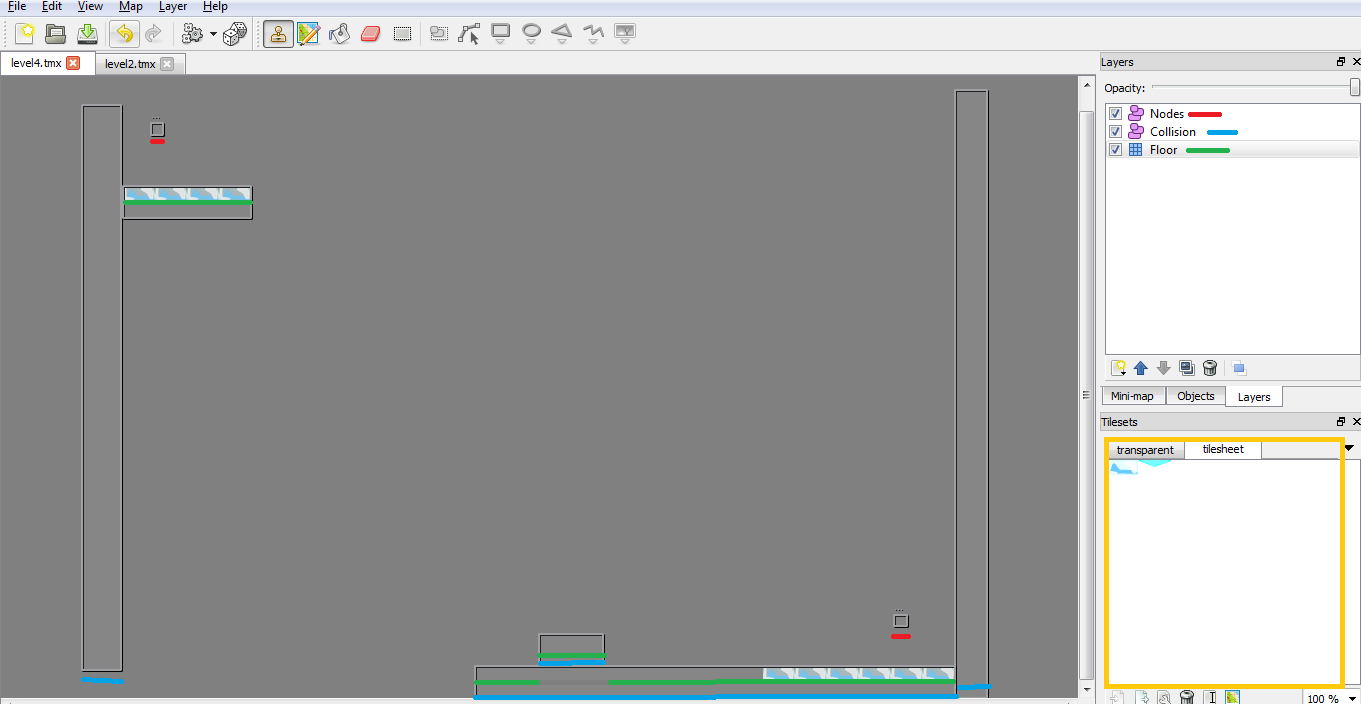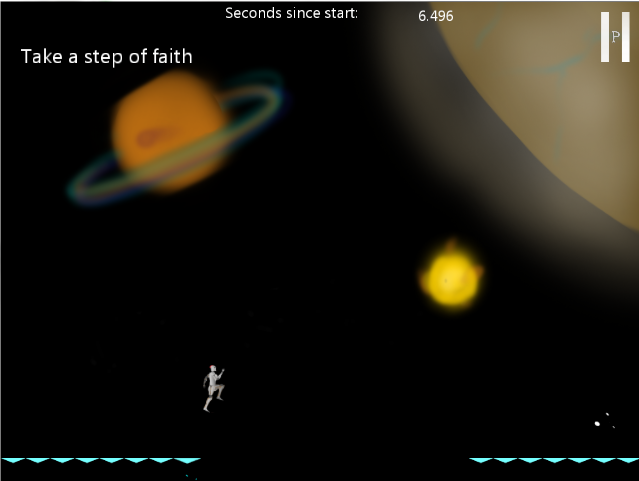In accordance with the title metaphors, I believe it is high time for a game update! Well, it is actually more than an update, given how little information we gave you in our previous post, Wading In.
Let us begin with perhaps the most important part of the game—its name.

The knight in shining armor must rescue the fair princess, taken by none other than a black magic wielding sorcerer. Typical. But how does a knight who has been stripped of his sword fight? That's the focus of the game here. True to its genre, expect to be thoroughly puzzled upon entering the levels. Most of the time, all you will get is the entry point, the portal to escape, and the name the sorcerer has aptly provided for the altered space you are in. It is up to you to connect the dots and make your way. It's not death you will be, or should be, scared of. Rather, it is being stuck in the void for all of eternity. Good luck.
That hopefully painted a fairly accurate picture of what has been in development for the past week or so. In case it hasn't, take a look
… Continue Reading

